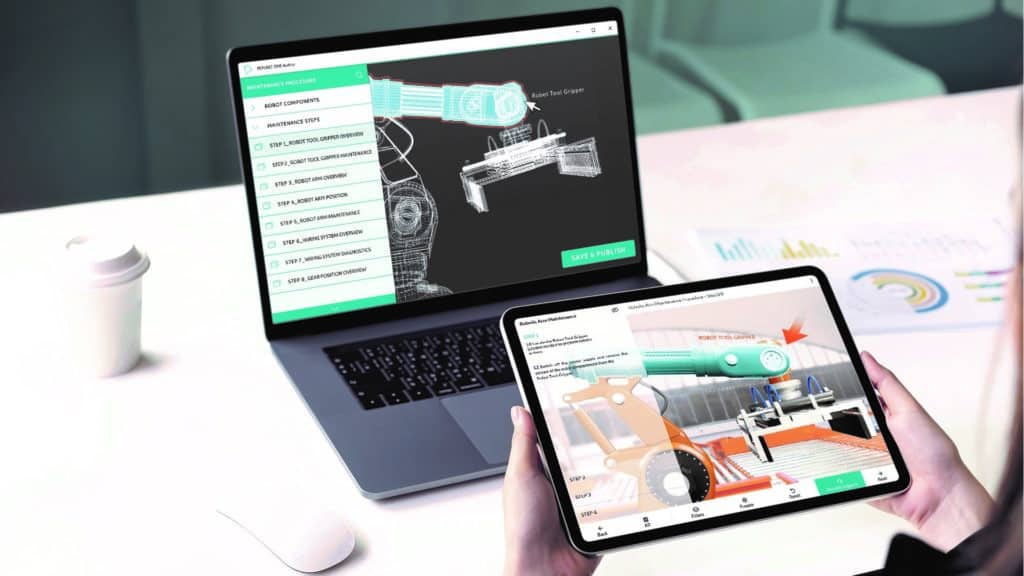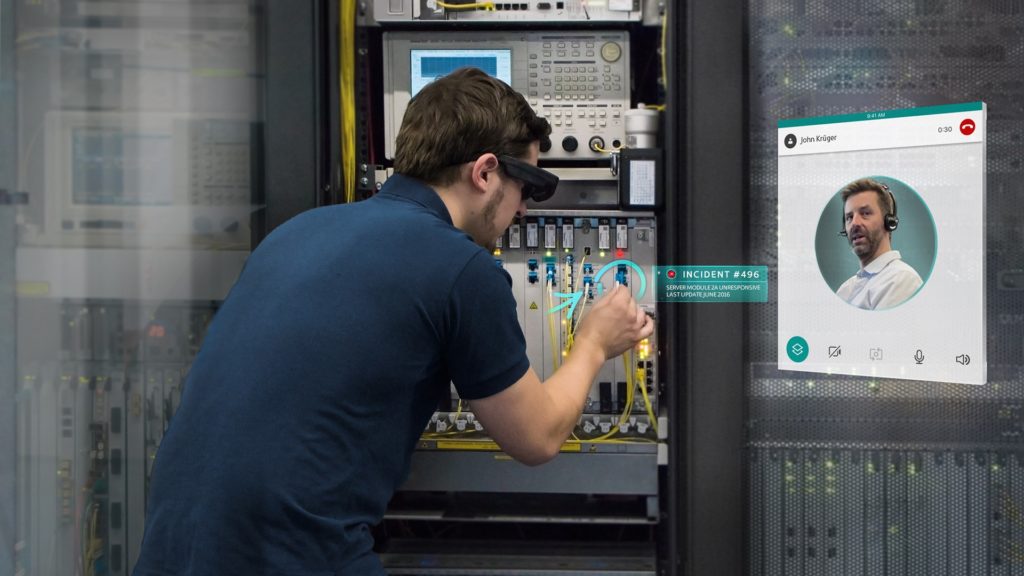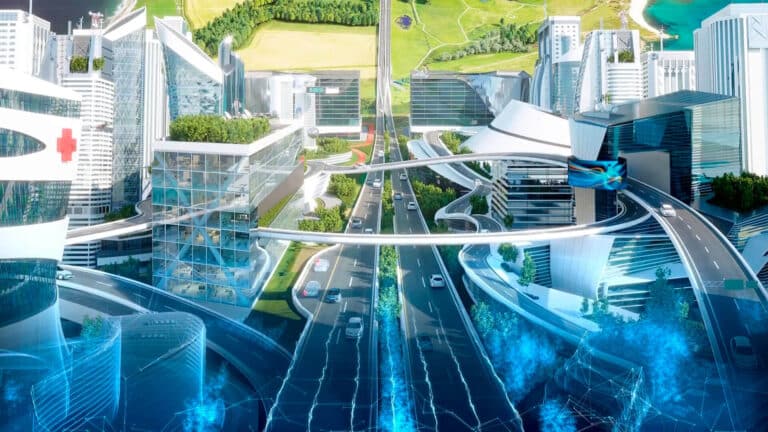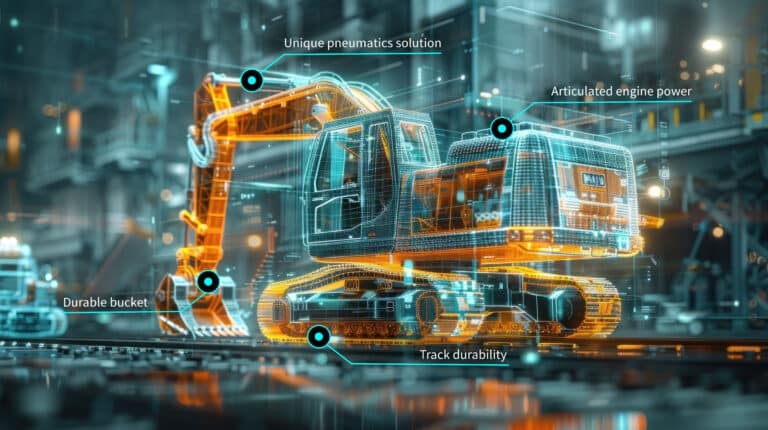In your view, what are the particular challenges the MedTech sector is facing in light of the restrictions brought about by the coronavirus crisis?
Medical technology and the healthcare industry overall are, of course, front and centre in fighting the pandemic. One of the recurring issues I’ve encountered when talking with MedTech companies recently is the need for the sector to find ways to overcome problems caused by travel restrictions and physical distancing – like keeping the installation processes on schedule.
One of the specific challenges for the MedTech sector is the strict regulations that surround installation and maintenance of equipment, and the training of staff to use and service the equipment. For example, there can be tight regulations around how many training sessions need to take place before a staff member can use a certain piece of equipment. This is hard to achieve when trainers cannot travel, and face-to-face contacts are restricted. Effective digital communication then becomes mission critical.
Many companies have been considering digitising and streamlining their installation, training and maintenance processes, but it’s taken Coronavirus to awaken people to the reality that changes need to be made now, to be better prepared for the future.
Beyond the ongoing crisis, the sector faces the continuing challenges of e.g. cost cutting and skills shortages, and hence needs to find new ways to improve productivity or train staff quickly, safely and effectively.
How can AR applications help deal with these challenges?
Ultimately, digital interactive technologies, whether augmented or other extended reality, are there to help make people’s lives and work easier. Due to their ability to provide effective on-the-job assistance, easy-to-use AR solutions can speed up troubleshooting, improve first-time fix rates, and reduce both downtimes and ramp-up times. In times of high demand for field service, there may be people on the job who perhaps are not so well trained as regular staff. AR can help them get up to speed faster.
In on-the-job learning, interactive AR applications improve engagement, memory and recall, leading to better learning results. They can also help reduce unnecessary travel for training and maintenance, whilst effectively facilitating remote, real-time guidance. A lower carbon footprint comes as a positive side effect.

Can you give some examples of practical AR applications that are relevant to the MedTech sector?
In the MedTech sector, AR can be used, for example, to create visual, interactive, step-by-step service manuals that can be projected directly onto real-world equipment to help with installation and maintenance tasks or used as part of on-the-job training. Staff can use either a mobile device or AR glasses to keep their hands free for the actual tasks.
In collaboration with our German partner, RE’FLEKT, we can provide MedTech clients packaged AR solutions such as interactive maintenance manuals, 3D visualisations and other digital content projected directly onto real-life equipment; and solutions for real-time remote support to employees or clients via AR and live video.
What advice do you have for MedTech companies considering trialing AR in their processes?
The first step is to identify the specific use case that would be the target for the AR pilot. If you are not yet sure where to start, we can help with mapping options, and identifying the most critical and urgent functions that would benefit the most from an AR transformation.
Once the pilot case has been identified, we would then scope out the particular challenges of this specific target and the goals of the AR transformation, including how to measure the success of the solution using key performance indicators. Based on this initial workshop we then build the solution together with the client.
Once the project has been scoped out, we start from your existing manuals and other documents, build the AR application from there, and train all users. We offer various packages to suit different clients’ needs. For example, we can create the AR solution from your existing CAD files, or we can train you to use the software to create your own AR content.

Benefits of AR technologies to MedTech sector, in a nutshell
Interactive and visual digital information at workers’ fingertips or in their field of view, in the right place, at the right time
Real-time on-the-job and remote guidance for field service workers or customers
Effective on-the-job learning and training of new hires and temporary staff
Effective solutions to support business critical deliveries, installation and maintenance in exceptional circumstances
Examples of benefits produced by RE’FLEKT solutions
- 90% less chance of human mistakes
- 60% faster training
- 40% fewer mistakes
- 25% faster processes
Leading to:
- Increased operational efficiency
- Better quality
- Cost savings
- Environmental benefits
Read more:
Augmented Reality in corporate training
Augmented reality supports the global digitalisation push of Hitachi High-Tech Analytical Science: an interview with Antti Virolainen and Pamela Vartiovaara

